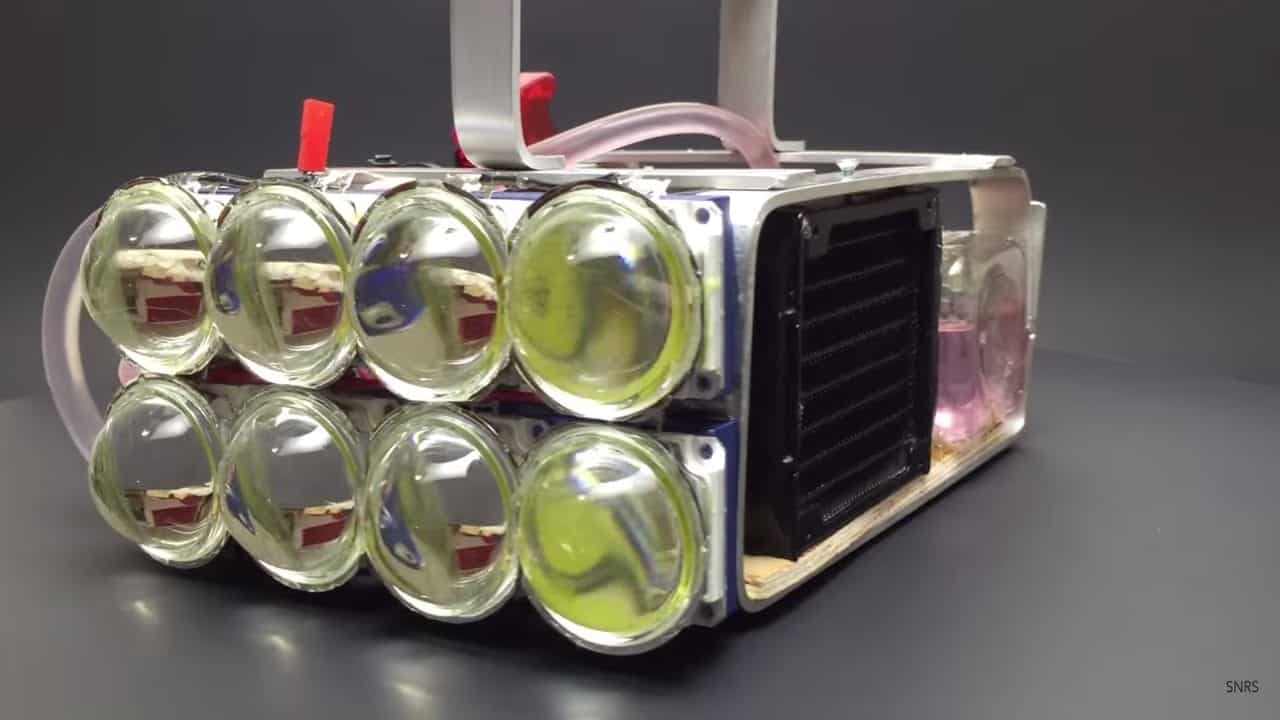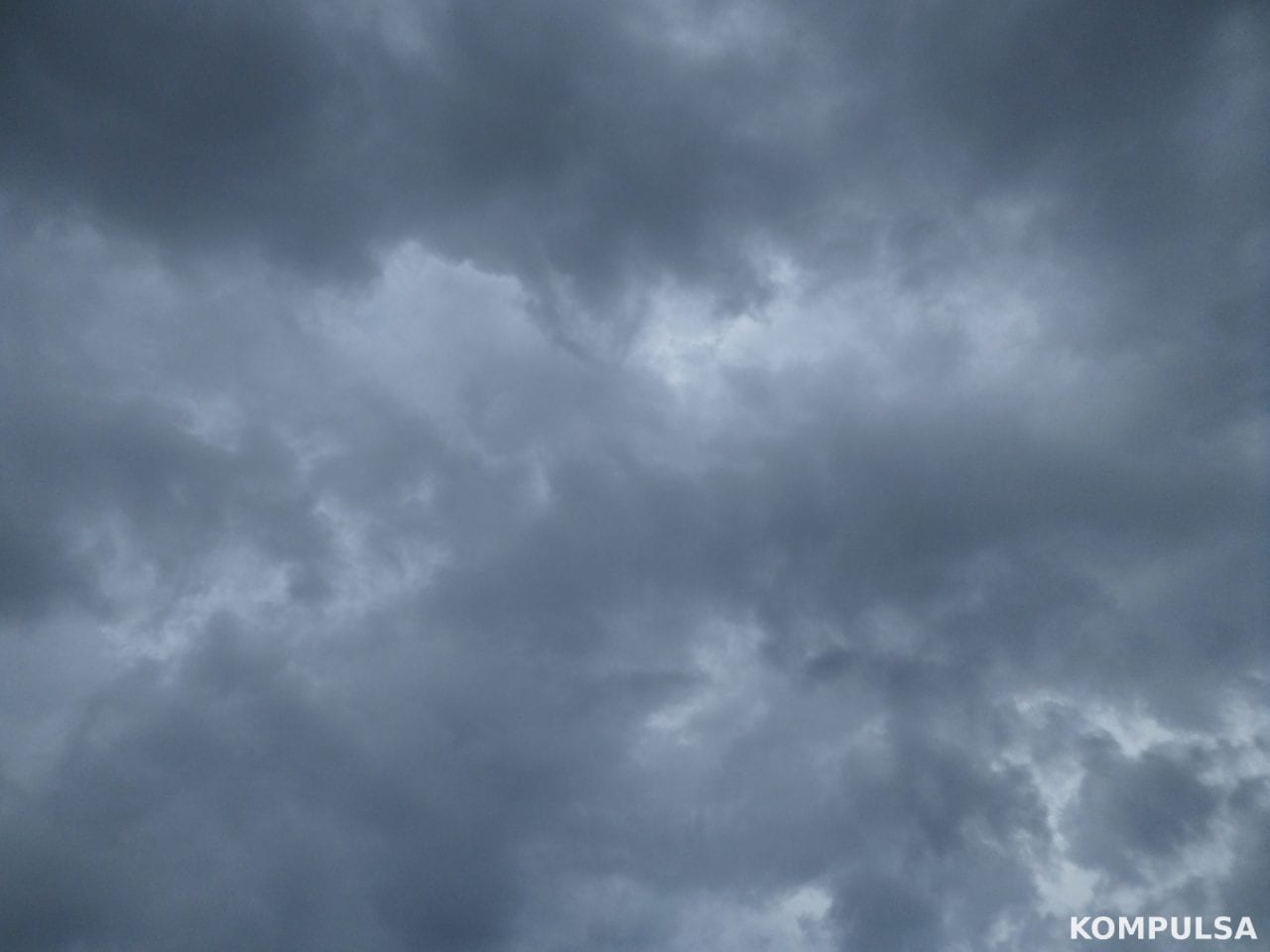While browsing YouTube, I came across a 72,000 lumen DIY LED flashlight, which utilizes the large LED module approach, which I personally love, and use to construct my own power LED projects like the 736 lumen solar lantern (recently upgraded from 450 lumens). The modules are easier to work with because one (very large, heatsinked) LED can usually do the trick.
The YouTuber is Samm Sheperd, and his video is embedded below.
It was constructed using eight 100 watt, 9,000 lumen LED modules connected to each other in parallel. Considering that 800 watts of LEDs will generate a monstrous amount of heat, he equipped the flashlight with a liquid cooling system. As expected, it turned out to be extremely bright (and useful), but I would have equipped it with a high-capacity battery pack. He used three 3-cell lithium-polymer battery packs to power his, which is quite a lot, but lasts only six minutes due to the high power consumption of the LEDs.
If financially feasible, I would recommend a battery pack utilizing 36 of the Panasonic NCR18650B lithium-ion cells, which would amount to a capacity of 440 Wh (equivalent to half a car starter battery), which could power this flashlight for approximately 30 minutes at a discharge rate of 2C. The NCR18650B cells achieve a gravimetric energy density of 243 Wh/kg, which is well above average, exceeding even lithium-polymer batteries. The catch is that the cells would cost a total of $360 (as little as half that, depending on the seller).
Another idea for this project is a PWM dimmer that enables the user to efficiently adjust the brightness in favour of battery life, or in favour of brightness for unusually dark situations. I wrote an introduction to PWM here, if you’re interested. Another controller idea is to turn off some of the LEDs to adjust overall light output. Samm’s parallel connections help to facilitate that.
Overall, this is an impressive project. Its craftsmanship was excellent for a DIY project, and it’s useful especially for outdoor lighting.








